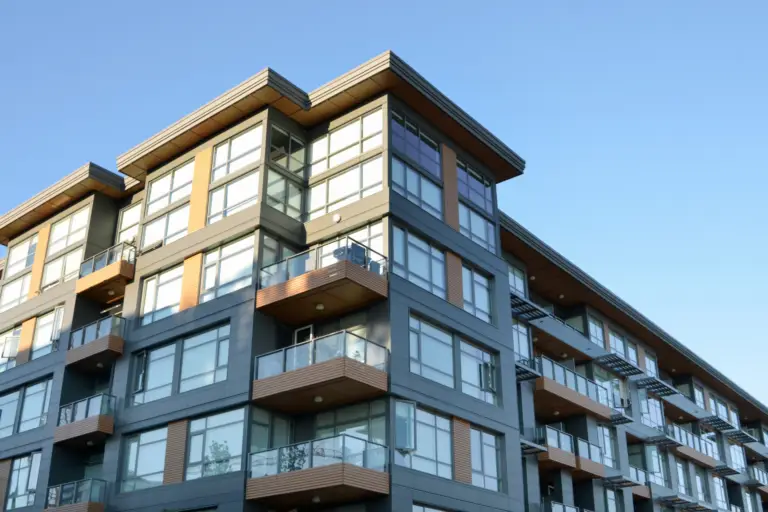Homelessness is a critical issue faced by cities across the globe, and San Diego is no exception. With the aim of addressing this challenge, the city recently implemented a new budget allocation specifically targeted at tackling homelessness. While this endeavor primarily focuses on providing resources and support for those experiencing homelessness, it also has significant implications for various industries, including the construction sector. In this blog post, we will explore how San Diego’s new budget for homelessness affects the construction industry and the opportunities and challenges it presents.
-
Increased Demand for Affordable Housing
One of the primary objectives of San Diego’s budget for homelessness is to create more affordable housing options. To achieve this, the city is likely to initiate and expand construction projects aimed at developing low-cost housing units. This surge in demand for affordable housing will present significant opportunities for the construction industry. Builders, contractors, and developers will witness an increase in construction projects related to affordable housing, thereby boosting employment opportunities and generating economic growth.
-
Collaborative Partnerships
Addressing homelessness requires collaborative efforts between various stakeholders, including government agencies, nonprofits, and the construction industry. San Diego’s budget for homelessness emphasizes the importance of public-private partnerships to tackle this issue effectively. Construction companies can participate in these partnerships by offering their expertise, resources, and construction services. Such collaborations can lead to innovative solutions, cost-sharing opportunities, and expedited project timelines.
-
Retrofitting and Rehabilitation
Besides new construction projects, the budget for homelessness may also allocate funds towards retrofitting and rehabilitating existing structures to accommodate individuals experiencing homelessness. This could involve repurposing vacant buildings, converting motels into transitional housing, or renovating underutilized spaces. The construction industry can play a crucial role in these efforts by adapting existing structures to meet the unique needs of the homeless population. Such projects require the expertise of architects, engineers, and construction workers, offering them new avenues for employment and specialization.
-
Workforce Development and Training
With the increase in construction projects related to homelessness, there will be a need for a skilled workforce to carry out these initiatives effectively. San Diego’s budget can provide opportunities for workforce development programs and training initiatives. Construction companies can collaborate with community organizations and educational institutions to offer training programs that focus on skills relevant to affordable housing construction and rehabilitation. By investing in training and skill development, the construction industry can ensure a qualified workforce capable of meeting the demands of this sector.
-
Potential Challenges
While San Diego’s budget for homelessness presents various opportunities for the construction industry, it also poses a few challenges. The surge in demand for affordable housing construction might lead to increased competition among construction companies, potentially impacting profit margins. Additionally, navigating complex regulations and bureaucratic processes associated with public-private partnerships and government-funded projects can pose administrative hurdles for construction firms. However, proactive engagement, effective project management, and strategic partnerships can help overcome these challenges.
San Diego’s new budget for homelessness demonstrates the city’s commitment to addressing the issue of homelessness and creating more affordable housing options. The construction industry stands to benefit significantly from this initiative, with increased demand for affordable housing projects, collaborative partnerships, retrofitting efforts, and workforce development opportunities. While there may be challenges, proactive participation and strategic approaches can enable construction companies to capitalize on the opportunities presented by this budget. By working together with other stakeholders, the construction industry can contribute to reducing homelessness while driving economic growth and social progress in San Diego.
For a free consultation including free conceptual floor plans please give us a call at (858) 269-9235 or click HERE to complete our Contact Us form.




